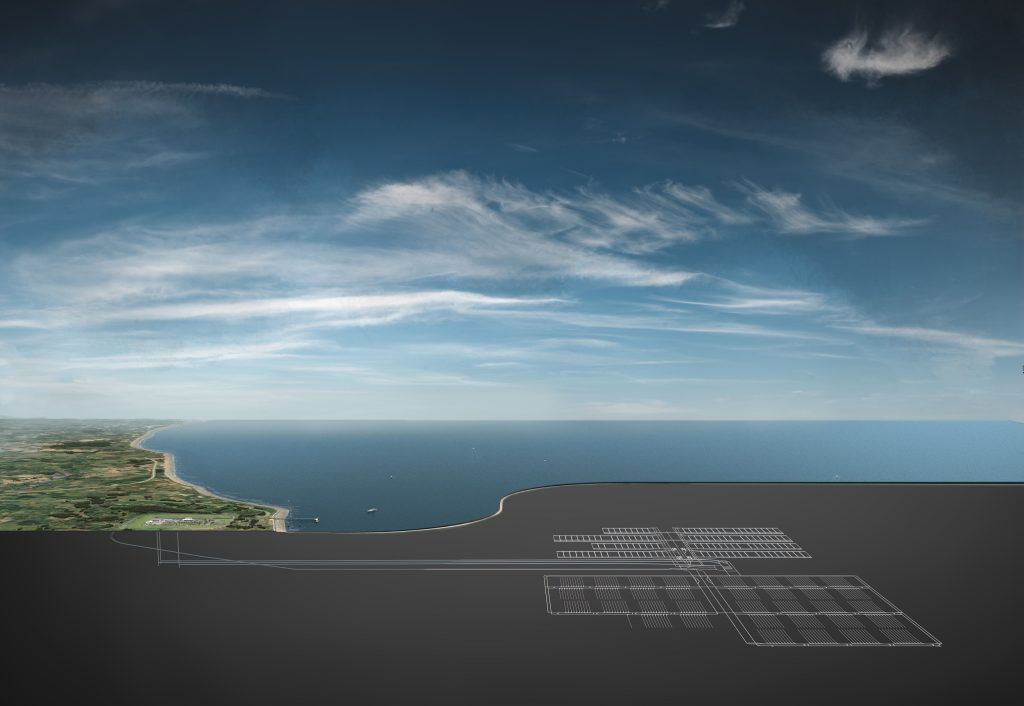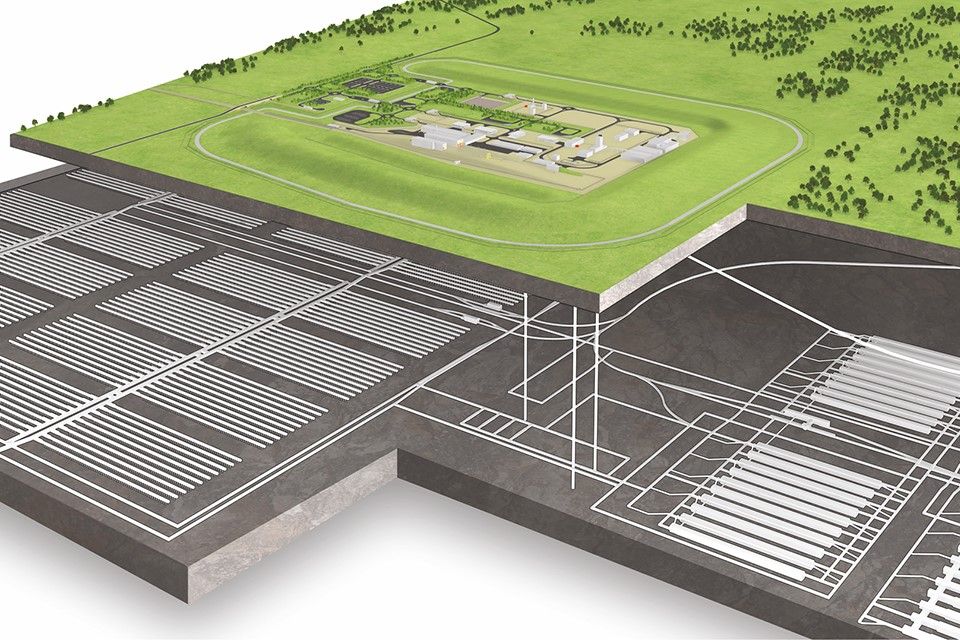
Nuclear Waste Services is hosting a drop-in to continue the conversation about a potential underground radioactive waste facility in Copeland.
The event will take place in Whitehaven at The Beacon Portal, on Saturday, June 1 from 10am until 3pm.
Known as a Geological Disposal Facility – or GDF – the storage facility is designed with an aim of safely and securely disposing of higher activity radioactive waste deep underground.
Simon Hughes, siting and communities director for NWS, said: “We want to know what people think about potentially having a GDF in the area. We are looking forward to listening to people’s thoughts about a GDF and answering their questions.
“A GDF is a major, critically important multi-billion-pound national infrastructure project to safely and securely dispose of higher activity radioactive waste deep underground. It would bring very significant economic opportunities and thousands of jobs to the area which eventually hosts it.
“At some stage the community could be asked to decide whether they would like a GDF in their area, so it’s important that everyone with an interest has the opportunity to learn about the project and make an informed decision.”

Deep geology beyond the coast near Whitehaven is being considered for siting the underground elements of a GDF in Copeland.
This means a surface facility on, or near, the coast would provide access to a disposal area deep in rock beyond the coast.
Nuclear Waste Services is part of the Mid and South Copeland Community Partnerships which also include representatives from the local authority, local organisations and members of the community.
The community partnership aims to help the community understand the impact and benefits of hosting one of the country’s biggest environmental protection programmes.
Construction will only start on a GDF when a suitable site has been identified, a potential host community has confirmed its willingness to host the facility through a test of public support, and all the necessary consents and permits have been obtained.
The process could take between 10 to 15 years.







